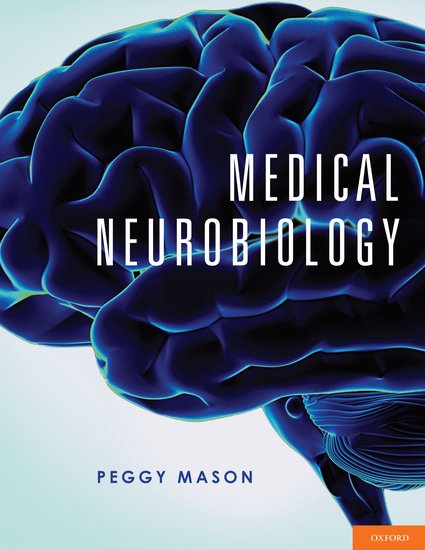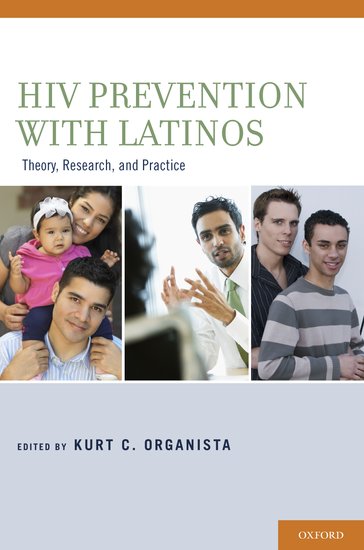How radioactivity helps scientists uncover the past
By Claudio Tuniz
Neanderthal was once the only human in Europe. By 40,000 years ago, after surviving through several ice ages, his days (or, at least, his millennia) were numbered. The environment of the Pleistocene epoch was slightly radioactive, the same way it is today, but this was not Neanderthal’s problem. The straw that broke the camel’s back was the arrival of a new human
















